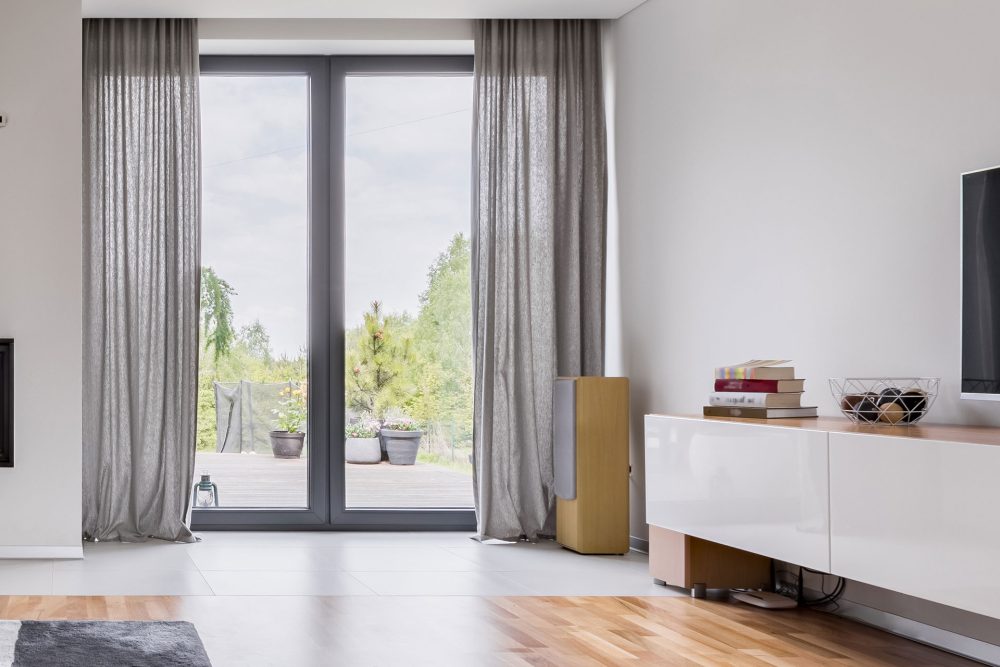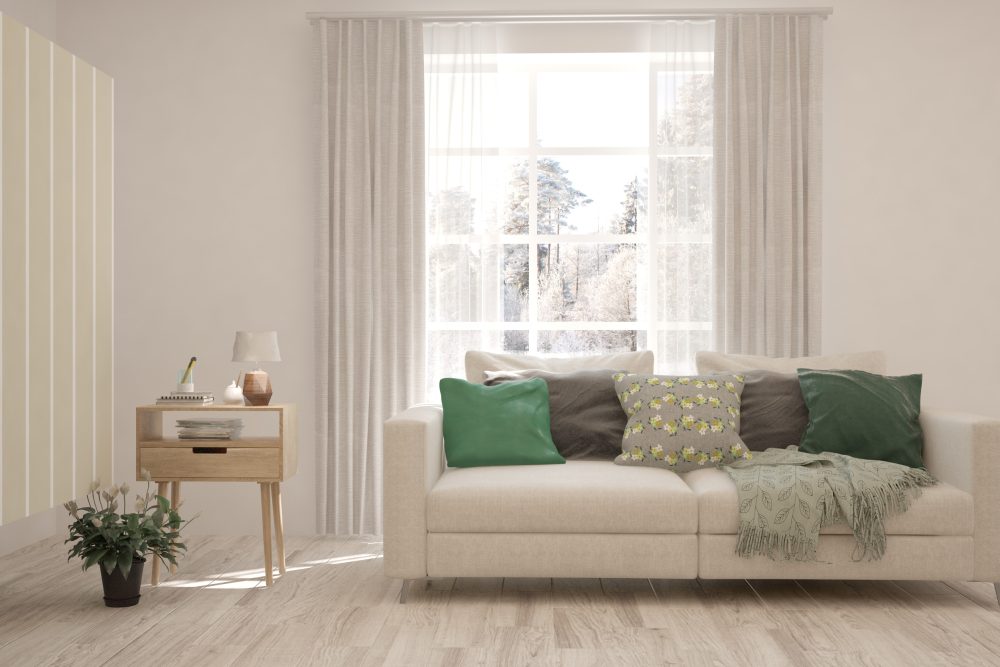
Process of household furniture purchasing in Italy
Arredamento e Altri settori | Settembre 2002
€2500

RAPPORTO IN LINGUA INGLESE
Settembre 2002,
III Ed. ,
232 pagine
Prezzo (licenza per singolo utente):
EUR 2500 / USD 2675
Contattateci per licenze corporate e multiuser
Lingua: Italian
Codice report: IT.1
Editore: CSIL
Status: available for online purchase and immediate download
The Italian market for home furniture (including kitchens, bedrooms, dining rooms, upholstery, kids furniture, home office, outdoor furniture) is worth about Euro 14 billion. Between March 2001 and March 2002 almost 5 million Italian families purchased household furniture: 61% of purchases were made through furniture retailers and 16% through large scale distribution.
This report studies the behaviour of the Italian consumers of household furniture, taking into consideration: characteristics of purchased home furniture, purchasing process, consumer’s profile. The study is based on 903 telephone interviews with families who purchased home furniture worth at least Euro 260 over the previous 12 months.
Purchases of household furniture are broken down by product type: kitchens (with or without built-in appliances), tables and chairs, bedroom furniture (bedroom suites, beds, wardrobes), dining room furniture (bookshelves, cupboards, tables, chairs), upholstered furniture (sofas, sofa beds, armchairs, recliners), children’s furniture (beds, wardrobes, shelves, desks), home office furniture (desks, swivel chairs, bookshelves, pc tables), bathroom furniture, garden and outdoor furniture. The style of household furniture (contemporary/modern, classic/traditional/rustic) and purchase price range are also considered. The average total spend on home furniture is provided, as well as spend on single furniture item.
All the above mentioned data on purchases of household furniture are broken down by socio-demographic characteristics of purchasers (geographic area, size of urban centre, sex, age and profession of head of family), purchase price range and distribution channel. Availability of computer and Internet connection is also considered.
The purchasing process is analysed according to: reasons for purchase, criteria of choice in the purchase, decision-making process within the family nucleus, sources of information about furniture, degree of recollection of names of furniture brands, criteria of choice and type of distribution channel (specialized dealers, furniture retailers, large scale distribution, Do-It-Yourself, craftsmen, direct sales, antiques shops), degree of customer satisfaction and reasons for any dissatisfaction, means of payment.
The consumer’s life-style is examined on the basis of socio-economic status, decision-making process within the family nucleus, living conditions.
Products covered include: home furniture, kitchen furniture (fitted kitchens, kitchens without built-in appliances, kitchen tables, kitchen chairs), bedroom furniture (bedroom suites, beds, wardrobes), dining room furniture (bookshelves, cupboards, tables, chairs, occasional furniture), upholstered furniture (upholstery suites, sofas, sofa beds, armchairs, recliners), children’s furniture (children’s bedrooms, beds, wardrobes, shelves, desks), home office furniture (desks, swivel chairs, bookshelves, pc tables), bathroom furniture, garden furniture, outdoor furniture, contemporary/modern furniture, classic/traditional/rustic furniture.
Abstract of Table of Contents
Methodology
Basic data
Performance
Prices
Commercial trade
International competition
Export performance
Import performance
Demand structure
Market performance
Market segmentation
1 Double bedrooms, beds, wardrobes
Demand structure by geographical area
Demand determinants: “new” and “renewal”
Distribution channels
Basic data
Distribution channels for bedrooms
Details of 5000 sales outlets in the national market on floppy disk
Number of shops visited before making purchase
Type of shops in which purchase was made
Criteria for choice of shop
Purchasing process
Criteria for choosing furniture
Style of household furnishing and style of furniture purchased
Sources of information
APPENDIX: Offer structure
Location of offer
Company size
Sector companies and appearances at exhibitions
The Italian market for home furniture (including kitchens, bedrooms, dining rooms, upholstery, kids furniture, home office, outdoor furniture) is worth about Euro 14 billion. Between March 2001 and March 2002 almost 5 million Italian families purchased household furniture: 61% of purchases were made through furniture retailers and 16% through large scale distribution.
This report studies the behaviour of the Italian consumers of household furniture, taking into consideration: characteristics of purchased home furniture, purchasing process, consumer’s profile. The study is based on 903 telephone interviews with families who purchased home furniture worth at least Euro 260 over the previous 12 months.
Purchases of household furniture are broken down by product type: kitchens (with or without built-in appliances), tables and chairs, bedroom furniture (bedroom suites, beds, wardrobes), dining room furniture (bookshelves, cupboards, tables, chairs), upholstered furniture (sofas, sofa beds, armchairs, recliners), children’s furniture (beds, wardrobes, shelves, desks), home office furniture (desks, swivel chairs, bookshelves, pc tables), bathroom furniture, garden and outdoor furniture. The style of household furniture (contemporary/modern, classic/traditional/rustic) and purchase price range are also considered. The average total spend on home furniture is provided, as well as spend on single furniture item.
All the above mentioned data on purchases of household furniture are broken down by socio-demographic characteristics of purchasers (geographic area, size of urban centre, sex, age and profession of head of family), purchase price range and distribution channel. Availability of computer and Internet connection is also considered.
The purchasing process is analysed according to: reasons for purchase, criteria of choice in the purchase, decision-making process within the family nucleus, sources of information about furniture, degree of recollection of names of furniture brands, criteria of choice and type of distribution channel (specialized dealers, furniture retailers, large scale distribution, Do-It-Yourself, craftsmen, direct sales, antiques shops), degree of customer satisfaction and reasons for any dissatisfaction, means of payment.
The consumer’s life-style is examined on the basis of socio-economic status, decision-making process within the family nucleus, living conditions.
Products covered include: home furniture, kitchen furniture (fitted kitchens, kitchens without built-in appliances, kitchen tables, kitchen chairs), bedroom furniture (bedroom suites, beds, wardrobes), dining room furniture (bookshelves, cupboards, tables, chairs, occasional furniture), upholstered furniture (upholstery suites, sofas, sofa beds, armchairs, recliners), children’s furniture (children’s bedrooms, beds, wardrobes, shelves, desks), home office furniture (desks, swivel chairs, bookshelves, pc tables), bathroom furniture, garden furniture, outdoor furniture, contemporary/modern furniture, classic/traditional/rustic furniture.
Abstract of Table of Contents
Methodology
Basic data
Performance
Prices
Commercial trade
International competition
Export performance
Import performance
Demand structure
Market performance
Market segmentation
1 Double bedrooms, beds, wardrobes
Demand structure by geographical area
Demand determinants: “new” and “renewal”
Distribution channels
Basic data
Distribution channels for bedrooms
Details of 5000 sales outlets in the national market on floppy disk
Number of shops visited before making purchase
Type of shops in which purchase was made
Criteria for choice of shop
Purchasing process
Criteria for choosing furniture
Style of household furnishing and style of furniture purchased
Sources of information
APPENDIX: Offer structure
Location of offer
Company size
Sector companies and appearances at exhibitions
RAPPORTI CORRELATI
World market for professional appliances
Novembre 2020,
II Ed. ,
190 pagine
Il mercato mondiale degli elettrodomestici professionali
Questo rapporto fornisce informazioni sul mercato mondiale degli elettrodomestici professionali, tra cui: Apparecchiature per la ristorazione, tra questi: apparecchi per la refrigerazione, il lavaggio delle stoviglie e la cottura; Lavatrici (lavanderia); Aria condizionata; Distributori automatici.
